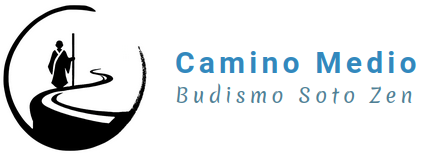The term “That is” comes from Zen Buddhism and refers to an intensive period of retreat and monastic practice. Literally, “that is” (live in peace) means “peaceful residence” o “quiet abode”. This tradition dates back to the time of the historical Buddha, when during the rainy season in India, monks retired to shelters to meditate and study, avoiding inadvertently damaging small living beings during their movements.
In Japanese Zen, the ango usually lasts around 90 days and takes place twice a year, in summer and winter. During this time, monks and lay practitioners live strictly in community, dedicating himself almost exclusively to meditation (zazen), the study of sacred texts and various forms of community work (find). It is an opportunity to deepen spiritual practice, strengthen discipline and cultivate greater mental clarity.
The ango is also a metaphor for commitment to everyday life. In the Zen tradition, It is emphasized that true practice is not limited to formal retreats, But every moment can become a “that is”, an opportunity to be fully present and live with attention and awareness.
An important ceremony that marks the end of the ango is the “Jukai” (receive the precepts), where participants can formalize their commitment to the Buddhist path.
